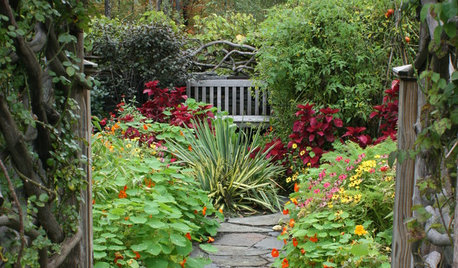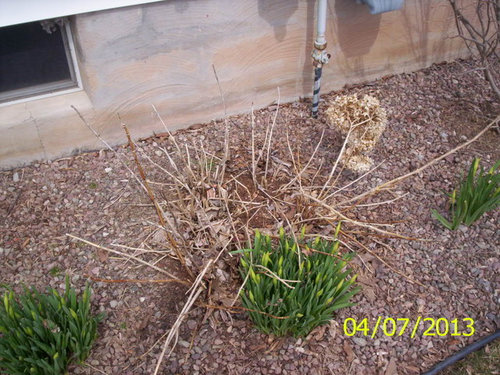My pathetic hydrangea??!!
edweather USDA 9a, HZ 9, Sunset 28
11 years ago
Featured Answer
Comments (8)
edweather USDA 9a, HZ 9, Sunset 28
11 years agolast modified: 9 years agoluis_pr
11 years agolast modified: 9 years agoRelated Professionals
Havre de Grace Landscape Architects & Landscape Designers · South Elgin Landscape Architects & Landscape Designers · Bridgeport Landscape Contractors · Chesapeake Ranch Estates Landscape Contractors · Deerfield Beach Landscape Contractors · Elmhurst Landscape Contractors · Franklin Landscape Contractors · Kettering Landscape Contractors · Long Beach Landscape Contractors · Mashpee Landscape Contractors · St. Louis Landscape Contractors · Wentzville Landscape Contractors · Cheektowaga Siding & Exteriors · Orange County Siding & Exteriors · Simpsonville Siding & Exteriorsedweather USDA 9a, HZ 9, Sunset 28
11 years agolast modified: 9 years agoluis_pr
11 years agolast modified: 9 years agoedweather USDA 9a, HZ 9, Sunset 28
11 years agolast modified: 9 years agoluis_pr
11 years agolast modified: 9 years agoedweather USDA 9a, HZ 9, Sunset 28
11 years agolast modified: 9 years ago
Related Stories

HOLIDAYSBudget Decorator: Easy Holiday Decorations
Get a festive look for a fraction of the usual cost with basic items from the craft store and your own supply
Full Story
FALL GARDENINGWhy Fall Is the Best Time for Planting
Spring is overrated for planting. Starting plants in autumn has advantages for both garden and gardener
Full Story
GARDENING AND LANDSCAPING11 Garden Retreats for the Creatively Inclined
Finally finish that novel, opera or oil painting you’ve been working on by drawing inspiration from these peaceful retreats
Full StoryMore Discussions









luis_pr